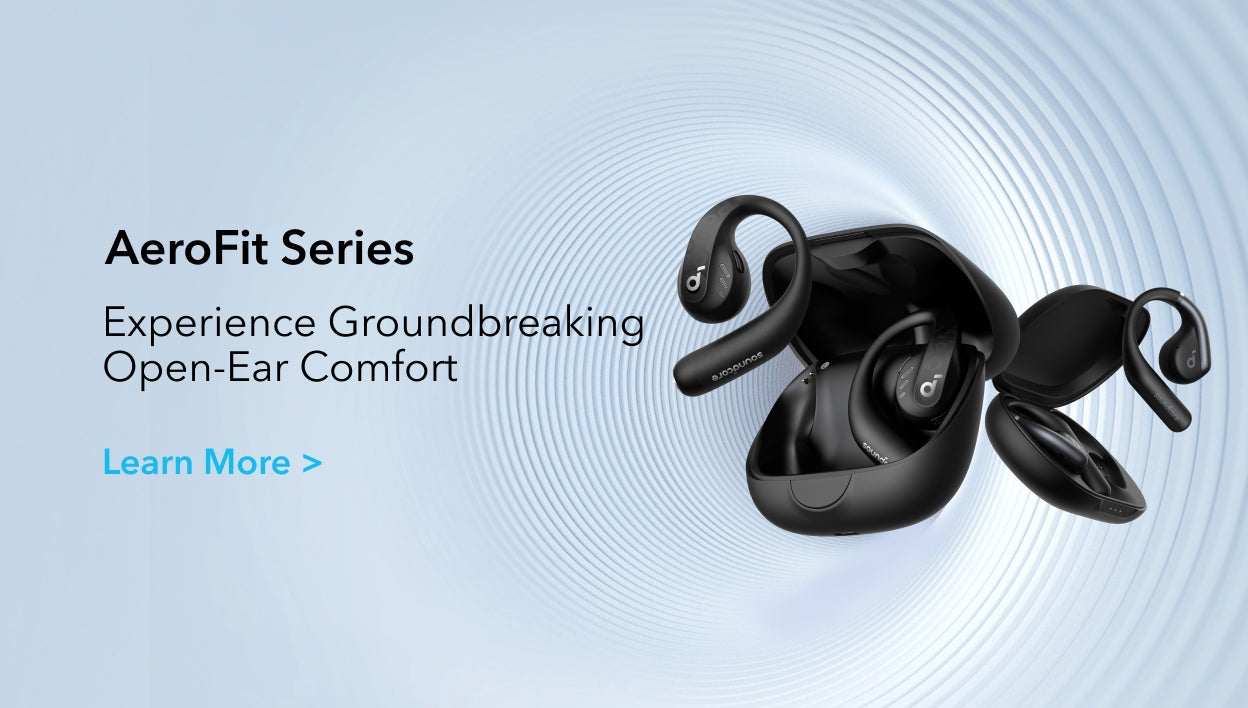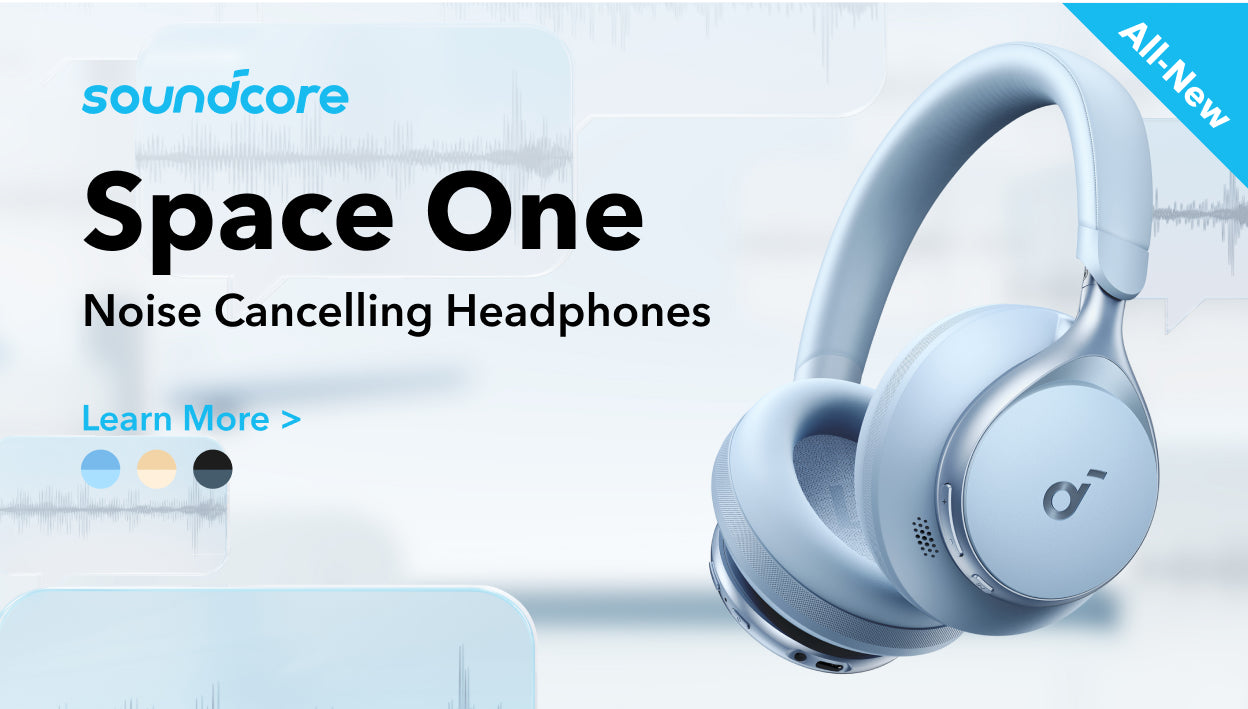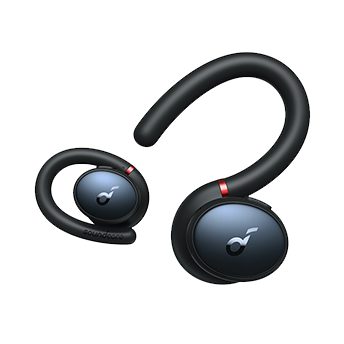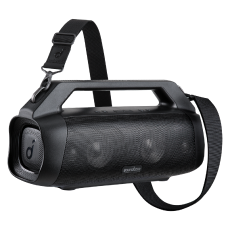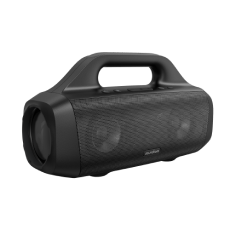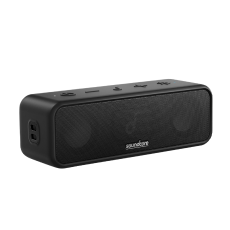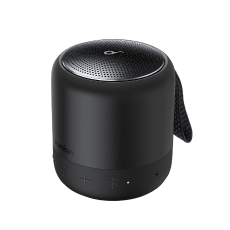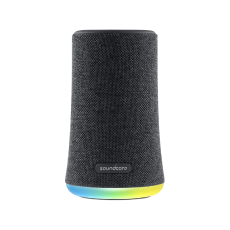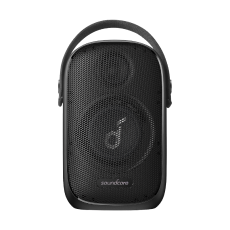Bone conduction technology is a breakthrough, aiding those with specific hearing issues. By transmitting sound vibrations directly to the inner ear through bone, it circumvents certain obstacles, making it a promising alternative for the hearing-impaired. However, do bone conduction headphones work for all the deaf?
This guide delves into the various types of deafness, focusing on how bone conduction technology can benefit those with hearing loss. We examine the effectiveness of bone conduction headphones for deaf individuals, dissecting how they work and whether they are a viable solution for different kinds of hearing impairments. Read on!

Different Types of Deafness
Deafness, often referred to as hearing loss, encompasses a spectrum of conditions with distinct characteristics and varying impacts on an individual's auditory capabilities. This diversity in hearing impairment types results from differences in the causes, locations, and severities of the hearing loss. Understanding the varied forms of deafness is crucial in exploring how advancements like bone conduction technology can aid those affected, offering potential pathways to improved sound perception and communication in their daily lives. Here's a list of different types of deafness:
- Conductive Hearing Loss: Also known as bone conduction deaf, this type occurs when there's a problem conducting sound waves anywhere along the route through the outer ear, eardrum, or middle ear. People with conductive hearing loss may have a reduced ability to hear faint sounds, but in many cases, the volume can be improved.
- Sensorineural Hearing Loss: This is caused by damage to the inner ear or the nerve pathways from the inner ear to the brain. It's often permanent and can make quiet sounds difficult or impossible to hear.
- Mixed Hearing Loss: This is a combination of conductive and sensorineural hearing loss. There may be damage in the outer or middle ear and in the inner ear or auditory nerve.
- Neural Hearing Loss: This occurs due to a problem with the auditory nerve that carries sound signals to the brain. It's usually permanent.
- Central Deafness: Caused by damage or dysfunction in the parts of the brain that process sound, central deafness is rare and challenging to treat.
How Does Bone Conduction Work for Deaf People?
Bone conduction technology offers a unique approach to sound transmission, particularly beneficial for some people with hearing loss. This method bypasses the traditional air-conduction pathway of sound, which involves the outer and middle ear. Instead, it directly stimulates the cochlea, the organ responsible for hearing in the inner ear, by transmitting sound vibrations through the bones of the skull. For individuals with conductive hearing loss, where the issue lies in the outer or middle ear, bone conduction can be especially effective because it circumvents the affected areas, allowing sound to reach the cochlea directly.
In cases of sensorineural hearing loss, where the damage is in the inner ear or auditory nerve pathways, the effectiveness of bone conduction headphones varies. If the cochlea is still partially functional, these best bone conduction headphones for hearing loss can help by delivering vibrations directly to it, potentially providing a clearer path for sound perception than conventional air-conduction methods.
For those with mixed hearing loss, the success of bone conduction headphones depends on the balance between the conductive and sensorineural components. If the inner ear retains some level of functionality, these headphones might offer an improved listening experience.
However, in cases of neural and central deafness, where the problem lies in the auditory nerve or brain, bone conduction technology is less likely to be effective. These types of deafness involve issues beyond the scope of what bone conduction can address, as the challenge lies in the transmission or processing of sound signals to or within the brain.
Pros and Cons of Using Bone Conduction Headphones for Hearing-Impaired People
As we have explored how bone conduction for hearing loss can potentially benefit those with various types of hearing loss, it is equally important to weigh the advantages and disadvantages of using bone conduction headphones for deaf individuals.
Pros
- Direct Stimulation: Bypasses damaged outer/middle ear.
- Situational Awareness: Allows ambient sound perception.
- Comfort: Doesn't obstruct the ear canal.
- Alternative Hearing Aid: Option for conductive hearing loss.
- Versatility: Suitable for active lifestyles, like sports or outdoor activities.
Cons
- Audio Quality: Might lack depth and richness.
- Variable Effectiveness: Depends on individual hearing condition.
- Limited Benefit: Not ideal for severe sensorineural deafness.
- Discomfort: Some find them less comfortable than traditional headphones.
- Price: Can be more expensive than standard headphones or hearing aids.
Other Earphones That Can Help People with Hear Losing
As mentioned above, for people with hearing loss, bone conduction earphones are expensive. Is there some alternative to bone-conduction headphones for the hearing impaired? The answer is definitely yes. There are other open ear headphones on the market which can aid people with hearing loss in some cases. Here are two recommendations:
soundcore AeroFit Pro

The soundcore AeroFit Pro emerges as a potential game-changer for individuals with hearing loss seeking a comfortable and immersive audio experience. With its air-like, open-ear design, the AeroFit Pro offers a gentle, snug fit that avoids the discomfort associated with traditional earbuds, a significant benefit for those with sensitive ears. The robust bass, powered by 16.2mm oversized drivers, offers a rich sound experience, enhanced further by true spatial audio and LDAC technology support. This makes it easier for those with hearing impairments to enjoy a fuller range of sounds.
soundcore V30i

The soundcore V30i headphones present a comfortable and safe deaf bone conduction alternative. Their ultra-lightweight, open-ear design ensures all-day comfort without the pressure and discomfort of in-ear headphones, which is particularly beneficial for those with hearing aids or sensitivity. The non-intrusive fit, with soft, flexible ear hooks, guarantees a perfect fit, essential for long-term use. The soundcore V30i delivers robust bass through a 14.2mm bio-material diaphragm, offering an enriched audio experience that can be particularly enjoyable for those with partial hearing loss.
FAQs
Can Deaf People Hear Music with Bone Conduction?
Yes, deaf individuals, especially those with conductive hearing loss, can perceive music through bone conduction. By bypassing damaged outer or middle ears, bone conduction devices transmit vibrations directly to the inner ear, allowing some to perceive music.
Is Bone Conduction Less Likely to Cause Hearing Damage?
Bone conduction bypasses the eardrum, potentially reducing direct damage to it. However, high volumes or prolonged use can still affect inner ear structures. While generally safer than traditional headphones, responsible usage is crucial to minimize the risk of hearing damage.
Do Bone Conduction Headphones Have Good Audio?
Bone conduction headphones offer decent audio quality, though they might lack the depth and richness of traditional headphones. They prioritize clarity and safety by delivering sound through bone vibrations, ensuring awareness of surroundings but potentially sacrificing some audio fidelity compared to standard headphones.
Conclusion
In conclusion, bone conduction headphones for hearing loss offer a promising auditory solution for some individuals with deafness, particularly those with conductive hearing loss. By directly transmitting sound vibrations to the inner ear, they bypass problematic areas in the outer and middle ear. While their effectiveness varies among different types of hearing impairments, these headphones can be a valuable tool for enhancing sound perception in certain cases of deafness.




